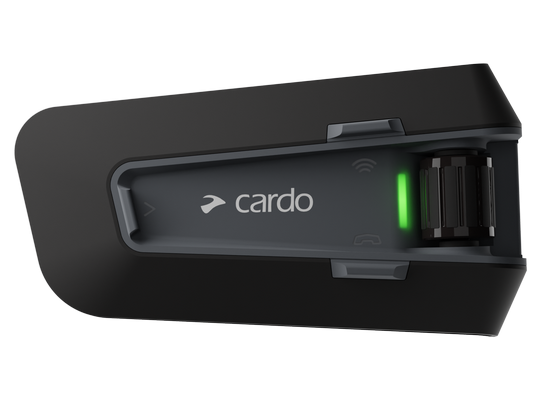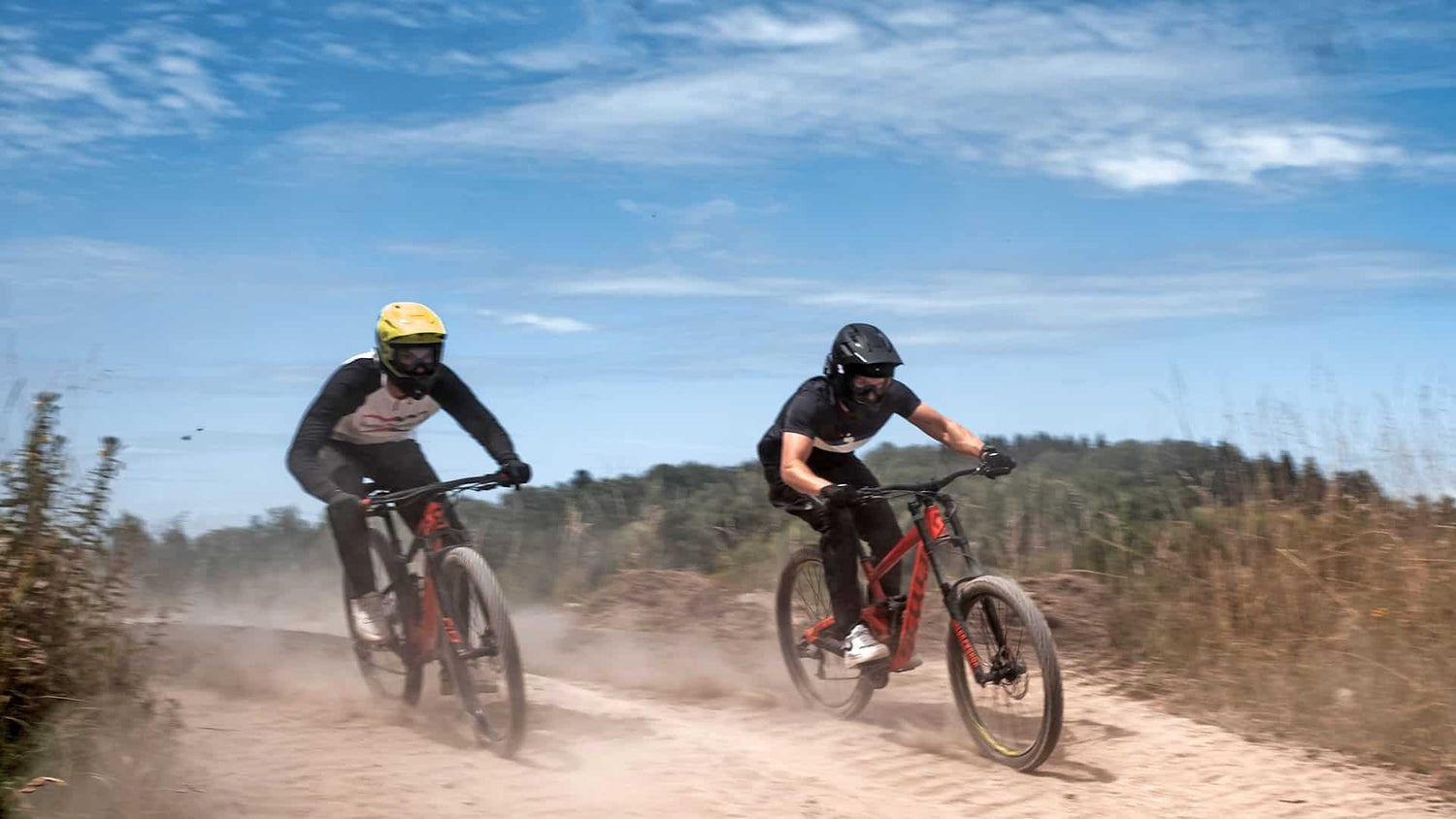History of Motorcycle Culture
As the motorcycle evolved, so did the culture that came alongside it. Almost as soon as motorcycles first became widely available in the early 1900s, people were tuning them, racing them and riding them for pleasure. In 1924, the American Motorcyclist Association was formed.
Prominent manufacturers like Harley-Davidson created bikes that saw action on the battlefield in World Wars I and II. That meant that many Americans formed a close relationship with motorcycling that continued into the landscape of postwar America.
After WWII, veterans often formed motorcycle clubs to help them create social circles and readjust to civilian life. The image of motorcycle riders as rebellious outlaws began to imprint itself on public consciousness in the wake of the “Hollister riot” of 1947, as well as several popular motorcycle-centric counterculture films such as The Wild One and Easy Rider.
From there, motorcycle culture evolved in many directions. Some motorcycle organizations decided to focus on community service and activism, such as Bikers Against Child Abuse. Others became extremely tight-knit social clubs. Some even embraced the outlaw image.
Motorcycle Clubs
Motorcycle clubs (MC) are some of the most important organizations in motorcycle culture. A real-deal MC is more than just riding buddies. It’s a chosen family and entering or leaving that family is a life-altering decision. The American Motorcycle Association is perhaps the most famous of them all. It campaigns for the rights of riders everywhere and is made up of over 200,000 members.
There’s also riding clubs, the more casual cousin of MCs. These clubs are designed as social organizations for people who like to ride together, chat via their motorcycle communication systems during a ride and hang out at the garage. Folks who aren’t keen on the commitment of an MC can make great new friends for riding by joining a riding club.
Of course, motorcycle clubs do have a dark side — the infamous outlaw biker gangs. But as any motorcyclist will be quick to remind you, 99 percent of motorcyclists are law-abiding people who just want to have a good time riding with friends and family (whether blood or chosen). Even the so-called “one-percenters” or “outlaw” clubs aren’t necessarily criminal organizations. They’re simply not sanctioned by the AMA and don’t have to follow its rules.
Rallies like Sturgis are a huge part of motorcycle culture for many riders.
Biker Rallies
Motorcycle rallies are foundational elements of American biker culture. At a rally, hundreds or even thousands of bikers from around the country come together to ride, make new friends and show off their bikes.
Bike rallies happen all across the U.S. throughout spring, summer and fall. The Sturgis rally in South Dakota and the Daytona Beach rally in Florida are two of the most famous, but dozens of smaller rallies happen just about everywhere else. You’ll find all kinds of bikers from all walks of life at these rallies, all coming to seek the experience of a lifetime.
Motorcycle Fashion
Any subculture needs its distinctive fashion, and the motorcycling community has evolved a stylistic vocabulary all its own. The style as we know it today begins with Irving Schott, a New York native who created the first leather motorcycle jacket — the Schott Perfecto — in 1928. The sleek black leather garment soon became a staple of both riders’ and non-riders’ closets.
Today, motorcycle fashion is as diverse as the rest of the hobby. Some riders prefer high-tech synthetic gear designed for sport riding (and often paired with high-tech tools like Bluetooth motorcycle helmet speakers). Others like the classic look of a leather jacket, a cut vest and patches. What all true motorcycle gear has in common is that it’s designed for outdoor performance and rider safety.
Women in Motorcycling
Women have always been a part of the motorcycle hobby, but they haven’t always gotten the respect they deserve as riders. But many women who ride have never let sexist stereotypes stop them. In fact, the first women’s motorcycling club, called the Motor Maids, was founded all the way back in 1940 and is still in existence today.
Today, women are buying motorcycles in record numbers. Harley-Davidson and other big motorcycle brands have invested in creating resources for women motorcyclists that help make women feel safe and represented within the motorcycle community. And you’ll find a variety of motorcycle media for and by women now available, including podcasts and YouTube channels.
American motorcycle culture is alive and well, and like most subcultures, it’s quickly becoming more specialized and more diverse. In many ways, today and tomorrow’s motorcycle culture looks a lot different from the traditional motorcycle lifestyle. But in just as many aspects, modern bikers are also carrying on the most important traditions of life on two wheels.
Motorcycles in Popular Culture
Motorcycle culture wouldn’t be what it is today without mass media. TV shows and movies have had a dramatic effect on how Americans think of motorcycles. Some of the most popular fictional characters of all time were known for revving up their motorcycles on screen. Take Dennis Hopper and Peter Fonda’s characters in the film Easy Rider. After doing some nefarious business, the two men ride off on their Harleys in search of meaning and redemption. Just about every biker knows this film — and if they don’t, they will probably enjoy it once they do.
A more recent example would be Biker Boyz, starring Orlando Jones and Lawrence Fishburne. It chronicles the rise of a young speed racer that goes toe-to-toe with his father’s legendary street gang. The movie features a lot of slick racing scenes, souped up bikes and an edgy side of California. The story is loosely based on the life of Manuel “Pokey” Galloway, the president of the Valiant Riders of Pasadena.
Plenty of TV shows have featured characters that ride motorcycles. Sons of Anarchy has become the pinnacle of biker culture since it premiered in the mid 2000s. The show featured a group of drug runners who valued family above all else. It tackled the nuances of what it is like to be at a motorcycle rally or a member of a group. The relationships between the characters showed just how important these bonds can be.
Don’t forget the original Happy Days of the 1960s, which became known as the decade of the motorcycle. Fonzie was the original “cool guy” and he became an instant sensation when he first premiered on television. He wore a slick leather jacket and drove a 1949 Triumph Trophy 500. Teenagers have lusted after his style ever since.
Most of these shows feature characters that were the essence of cool. Others were loners who lived on the margins of society. All of these titles and many more contributed to our idea of the motorcycle. It continues to be a symbol of independence, freedom and the untamed spirit. We all have a favorite motorcycle movie or TV show. Watching these characters ride around is probably what inspired you to get a bike in the first place.
Ready to ride?







